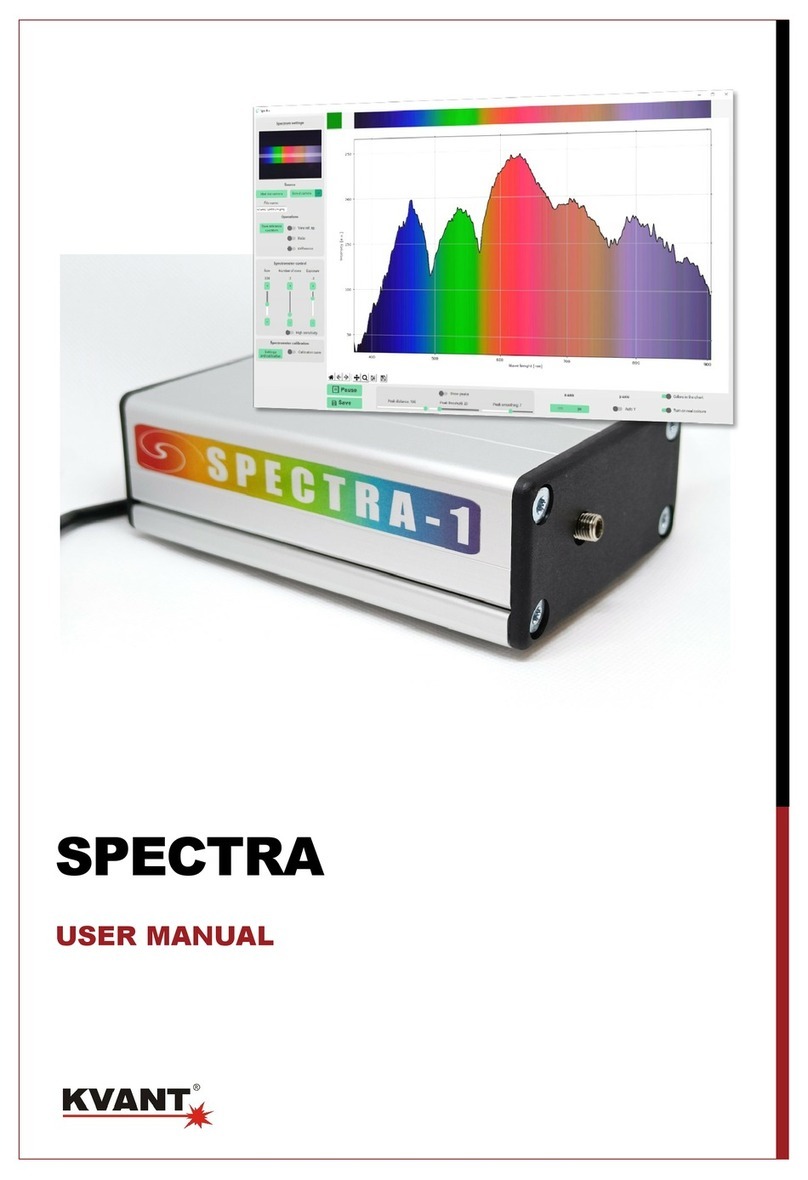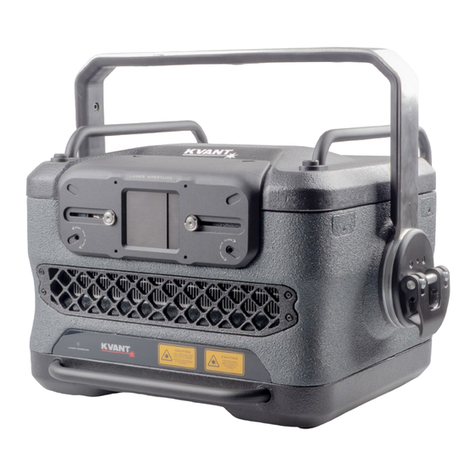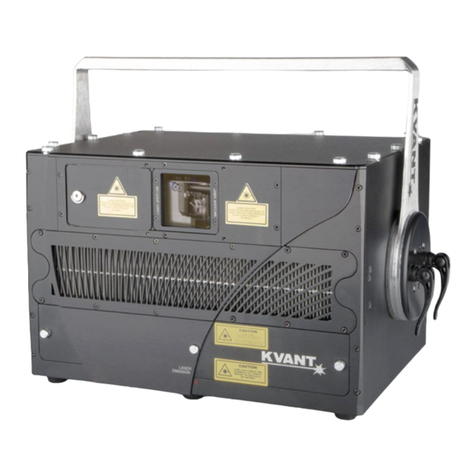Table of Contents
Introduction ........................................................................................................................................... 1
General Information .............................................................................................................................. 2
What is a laser and how does it work? ............................................................................................... 4
Laser Safety First!.............................................................................................................................. 6
Installation of the System ................................................................................................................... 7
ontrol System .................................................................................................................................. 8
Scanning System ............................................................................................................................... 9
onnection Diagram ........................................................................................................................ 11
Multiple System Interlock ................................................................................................................. 12
Switching ON sequence and User Interlock...................................................................................... 13
Maintenance .................................................................................................................................... 16
Item Checklist...................................................................................................................................... 17
Optional Accessories .......................................................................................................................... 19
System Overview................................................................................................................................. 20
Front View........................................................................................................................................ 21
Rear View ........................................................................................................................................ 22
Beam Alignment .................................................................................................................................. 24
Beam Alignment [Spectrum 20 | 20 LD]............................................................................................ 26
Beam Alignment [Spectrum 25 | 25 LD | 30 | 30 LD]......................................................................... 29
Technical Specifications..................................................................................................................... 32
Technical Specification [Spectrum 20].............................................................................................. 33
Technical Specification [Spectrum 20 LD] ........................................................................................ 34
Technical Specification [Spectrum 25].............................................................................................. 35
Technical Specification [Spectrum 25 LD] ........................................................................................ 36
Technical Specification [Spectrum 30].............................................................................................. 37
Technical Specification [Spectrum 30 LD] ........................................................................................ 38

































